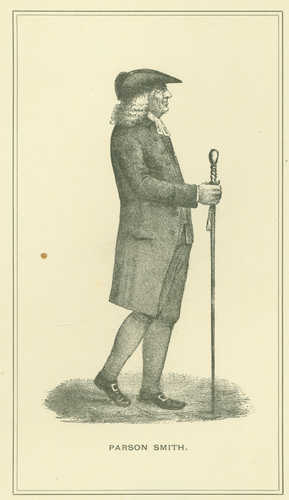Keywords: Maine Central Railroad
Item 104209
Central Maine Fair flyer, Waterville, 1921
Contributed by: Maine Historical Society Date: 1921 Location: Waterville Media: Ink on paper
Item 34041
Maine Central Railroad brochure, Cumberland, 1950
Contributed by: Richard Rozene through North Yarmouth Historical Society Date: 1950-04-30 Location: Cumberland Media: Ink on paper
Item 76789
218-238 St. John Street, Portland, 1924
Owner in 1924: Maine Central Railroad Use: Offices
Item 76790
Assessor's Record, 218-238 St. John Street, Portland, 1924
Owner in 1924: Maine Central Railroad Use: Duplicate
Item 150156
Maine Central Railroad, Bangor Freight House, Bangor, 1947-1948
Contributed by: Maine Historical Society Date: 1947–1948 Location: Bangor Client: Maine Central Railroad Architect: Eaton W. Tarbell
Item 151683
Contributed by: Maine Historical Society Date: 1917 Location: Rockport Client: The Samoset Architect: John Calvin Stevens and John Howard Stevens Architects
Exhibit
Student Exhibit: Somerset Railroad
The Somerset Railroad was completed in 1872. It started out as a dream to link the Maine Coast with Canadian businesses to the north. It ran from the North Woods around Moosehead Lake down to Southern Maine and back again for 56 years.
Exhibit
At the heyday of trolleys in Maine, many of the trolley companies developed recreational facilities along or at the end of trolley lines as one further way to encourage ridership. The parks often had walking paths, dance pavilions, and various other entertainments. Cutting-edge technology came together with a thirst for adventure and forever changed social dynamics in the process.
Site Page
"The railroad was owned by E & N.A. Railroad until 1871. It was then unowned until Maine Central picked up the lease."
Site Page
Strong, a Mussul Unsquit village - The Railroad
"The Central Maine Railroad stopped at Farmington, so several communities north of Farmington decided to build a railroad to open the region for wood…"
Story
John Coyne from Waterville Enlists as a Railroad Man in WWI
by Mary D. Coyne
Description of conditions railroad men endured and family background on John Coyne.
Story
Reverend Thomas Smith of First Parish Portland
by Kristina Minister, Ph.D.
Pastor, Physician, Real Estate Speculator, and Agent for Wabanaki Genocide

















